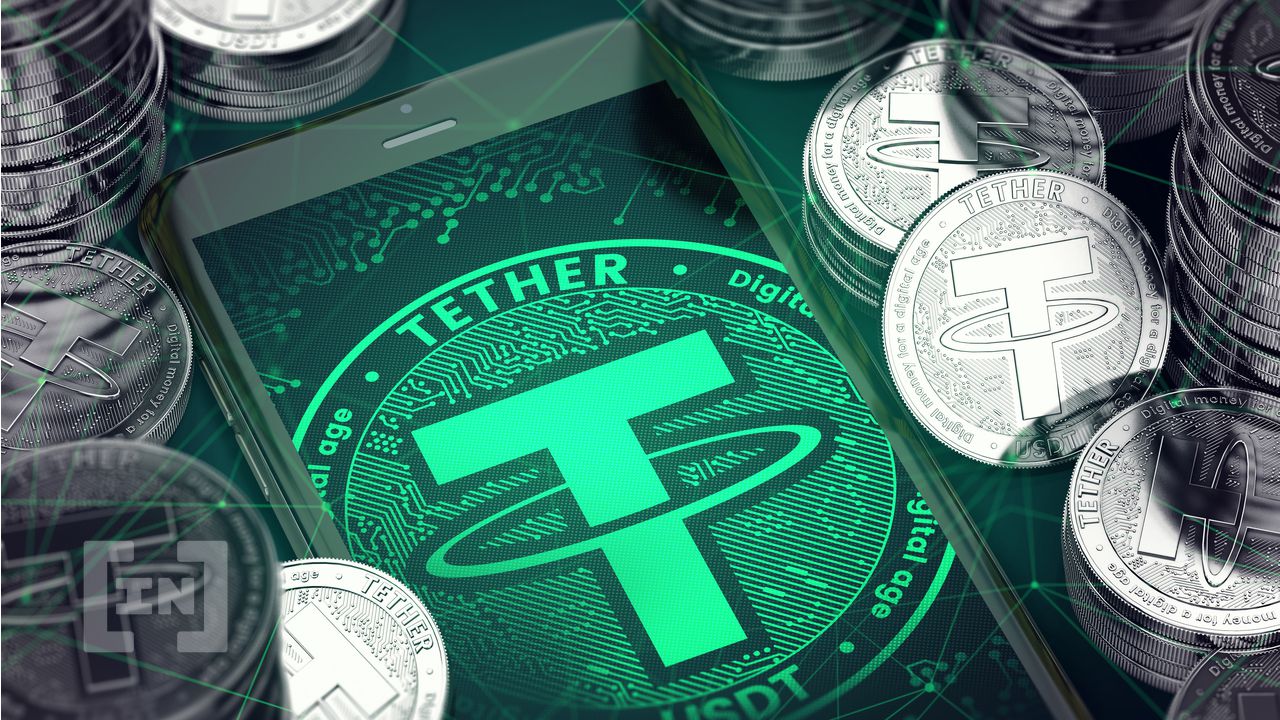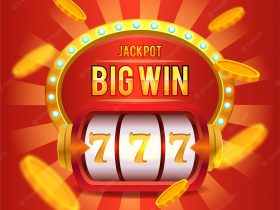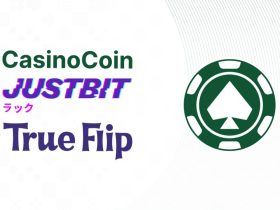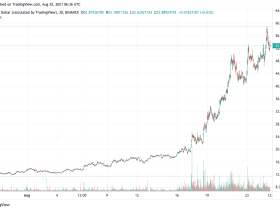
USDT crypto, formerly known as Tether, is a stablecoin pegged to the U.S. dollar. It offers investors protection from the volatility of the market and is compatible with smart contracts. Here are some things to consider before you invest. Read on to learn more! Let’s look at the pros and cons of USDT cryptocurrency. The currency has many advantages over traditional currencies, and it is especially useful for those who are looking to diversify their portfolios.
Tether (USDT) is a cryptocurrency pegged to the U.S. dollar
A cryptocurrency pegged to the U.S. dollar has some distinct advantages. While cryptocurrencies are highly volatile, stablecoins have a 1:1 peg to a traditional currency. This minimizes price volatility. Tether helps investors move their funds between cryptocurrency markets, limiting the volatility of the USDT with a 1-for-1 peg to the greenback. It can be bought on cryptocurrency exchanges.
The development of Tether is controversial, but it isn’t without merit. In a recent interview with Bloomberg, Tether’s co-founder J.R. Willett revealed the potential for a new cryptocurrency on top of the Bitcoin protocol. He was part of a team that implemented this idea in the cryptocurrency Mastercoin, later renamed the Omni Foundation. Afterward, Tether was added to BitFinex’s exchange. Another cryptocurrency pegged to the dollar is TerraUSD, which recently plunged to $0.23 from a value of $1. Investors were alarmed that other stablecoins would follow TerraUSD’s lead.
It is a stablecoin
A stablecoin is a cryptocurrency with a fixed value and is backed by a more stable asset. In most cases, this asset is fiat currency, but it can also be a precious metal or another cryptocurrency. This makes them less volatile than other cryptocurrencies and more similar to everyday currencies. A stablecoin can be used for lending and staking, providing liquidity for a variety of trading pairs. Like a bank account, stablecoins can earn interest or APY when they are lent out on different platforms.
The two most popular stablecoins are USDC and USDT. Both have their advantages and disadvantages. USDC is more secure and is subject to government regulation than USDT. USDT is more widely used for trading and has more liquidity. USDC is also backed by gold, while USDT is not. Both are safe to use as a medium of exchange. In addition, both have high returns for investors.
It offers investors protection from market volatility
USDT, or tether, is a cryptocurrency that mirrors the value of the U.S. dollar. It has been designed to combine the stability of government monies with the efficiency of cryptocurrency. Trading USDT avoids the transaction fees and delays that are usually associated with other crypto assets. Stablecoins are an emerging class of crypto assets that are used in sectors outside of trading and traditional cross-border payments.
It is compatible with smart contracts
USDT (United States Dollar) is compatible with smart contracts, which means it can be used for financial transactions on the Ethereum blockchain. Other top-notch blockchains with smart contract functionality are EOS and Tron. Ethereum’s USDT can be used to censor digital assets and create an inter-decentralized financial market. Smart contracts can also help projects with automated APY percentage on USDT staking.
It is backed by real assets
Tether’s USDT cryptocurrency is backed by real assets, including cash and short-term U.S. government bonds. It was launched on the Omni Layer protocol, which is used to create, manage, and trade digital assets. The Tether coin‘s ledger is currently stored on the Bitcoin blockchain. Tether has since migrated to other blockchains and exists as an ERC-20 coin on Ethereum. The currency is widely used by traders and investors looking to avoid the volatility associated with cryptocurrencies.
USDT is the third largest cryptocurrency by market capitalization, and is currently capturing two-thirds of the stablecoin market, although its competitors, like USDC, are edging the competition. Some stablecoin issuers are subject to strict regulatory oversight. Circle and Gemini Dollar, for example, are both regulated by the New York State Department of Financial Services. Hence, it is important to check the legitimacy of the stablecoin before purchasing it.
























